To upload deleted pictures from a Coolpix S31000 camera, first recover the photos using reliable software like Recuva or Disk Drill. Connect your SD card to a computer, scan for deleted files, and save them safely. Then upload the recovered images to your device or cloud storage.
“Stay tuned with us as we dive deep into everything you need to know about how to upload deleted pictures from a Coolpix S31000 camera — from smart recovery methods to seamless uploading tips.”
Understanding the Basics of Data Recovery
Data recovery is the process of retrieving lost, deleted, or inaccessible files from digital storage devices. In the case of the Nikon Coolpix S31000, photos are typically stored on a removable SD card. When photos are deleted, they’re not instantly removed from the card; instead, the file path is deleted, and the storage space becomes available for new data. Until overwritten, these files are still technically there—and recoverable.
This is why immediate action is critical. Once a file is marked as deleted, it only disappears visually. In the background, the data remains until new photos or data overwrite that location. Think of your memory card like a chalkboard: erasing the title doesn’t wipe the information underneath—it just hides the pointer. That’s where recovery tools come in.
Modern recovery tools use scanning algorithms to find fragments of lost data and reconstruct them. This process doesn’t require coding or tech knowledge, thanks to user-friendly interfaces offered by leading software. Understanding how this recovery works sets the foundation for regaining access to your lost media. For the Coolpix S31000, this basic knowledge can mean the difference between permanent loss and successful restoration.
The Importance of Acting Quickly
Once you realize photos have been deleted from your Coolpix S31000, time becomes your most valuable asset. The deleted data is highly susceptible to being overwritten—especially if you continue using the camera. Every new picture you take, or file you store, increases the risk that your lost images will be permanently erased.
Immediate action is vital. The first and most crucial step is to stop using the camera entirely. Power it off and remove the SD card. This ensures no new data is written onto the storage space where your deleted photos might still reside.
Even if you’re unsure when the deletion occurred, fast action improves your chances of successful recovery. Many users unknowingly make the mistake of panicking and continuing to explore settings, take new photos, or format the card—which severely lowers recovery potential.
By acting quickly and avoiding further usage, you protect your chances of full photo recovery. The sooner you begin the restoration process, the higher your odds of retrieving your digital memories intact. Think of it like a rescue mission for your data—the earlier the response, the better the outcome.
Exploring Recovery Software Options
Thankfully, there are several robust recovery tools that can help you retrieve your deleted photos. These programs are designed to search deep within storage devices like your Coolpix S31000’s SD card and reconstruct lost files. Choosing the right tool is critical to achieving the best results.
Top Recovery Software Tools
1. Recuva
A popular choice for beginners, Recuva offers a simple interface and effective recovery for a variety of file types, including images. It provides both a quick and deep scan option, making it flexible depending on how recently the photos were deleted.
2. Disk Drill
Known for its high success rate and intuitive UI, Disk Drill supports photo recovery from SD cards and various camera brands. It allows previewing of files before recovery and offers helpful sorting filters.
3. Stellar Photo Recovery
Specifically designed for image and video recovery, Stellar Photo Recovery supports Nikon RAW formats and offers both free and premium versions. It works well for corrupted cards too.
4. PhotoRec
This open-source tool is powerful and free but has a text-based interface that might seem complex for beginners. However, it supports hundreds of file types and is known for thorough scanning.
5. Nikon Transfer 2
While not a recovery tool per se, Nikon Transfer 2 can assist in safely transferring images from your camera once they’re recovered. It’s also useful for avoiding further corruption during uploads.
Many of these programs offer a free version with limited features or preview-only recovery, allowing users to confirm whether their files are recoverable before making a purchase.
Step-by-Step Guide to Using Recovery Software
Recovering deleted photos from your Nikon Coolpix S31000 camera can be done in a few straightforward steps using the tools mentioned above. Here’s how you can go about it:
Step 1: Stop Using the Camera
As mentioned earlier, avoid taking more photos or using the camera after deletion.
Step 2: Remove the SD Card
Take out the memory card and insert it into your computer using a card reader or SD card slot.
Step 3: Choose Your Recovery Software
Select one of the recommended programs. For beginners, Recuva or Disk Drill are good choices.
Step 4: Launch and Scan
Open the program, select the SD card as the target drive, and start a full scan. Most tools allow you to filter by image formats like JPG or NEF (Nikon RAW).
Step 5: Preview and Recover
After the scan, browse through the found files. Choose the images you want to restore and click “Recover.” Always save them to a different location (not the SD card) to avoid overwriting.
This method applies not only to photos but also to videos and other media files stored on your camera. Most tools walk you through the process with built-in prompts, making the experience user-friendly.
How to Upload Pictures from Nikon Coolpix Camera to Computer
Once your deleted pictures are recovered, you’ll want to safely upload them to your computer for backup and editing. The Coolpix S31000 makes this easy, especially if you use Nikon’s own utility tools.
Option 1: Using Nikon Transfer 2
Nikon Transfer 2 is a software designed to facilitate the secure transfer of files from your Nikon camera to your PC or Mac. Simply connect the camera via USB, launch the software, and follow the prompts to upload your images.
Option 2: Manual Transfer
If you prefer a manual method:
- Insert the SD card into your computer.
- Open the file explorer and locate the DCIM folder.
- Copy and paste or drag the desired files to your storage location.
Regular uploads reduce the risk of future data loss and help you keep your library organized. Regardless of the method, always ensure your files are backed up in at least two locations (e.g., hard drive + cloud).
How to Upload Deleted Pictures from a Coolpix S31000 to iPhone
Many users want to access recovered photos directly on their smartphones. If you’re wondering how to upload deleted pictures from a Coolpix S31000 camera to iPhone, here’s a simple process:
Method 1: Using a Lightning-to-SD Card Reader
Apple offers a Lightning-to-SD card adapter that lets you connect your camera’s SD card to your iPhone:
- Insert the SD card with recovered images.
- Connect the adapter to your iPhone.
- The Photos app will prompt you to import pictures.
Method 2: Via iCloud or Google Photos
If you’ve uploaded the recovered photos to your computer:
- Sync them to your iCloud Photos or Google Photos account.
- Open the app on your iPhone and download the desired pictures.
This method is especially useful for sharing photos on social media or editing them with mobile apps. It ensures your precious memories are accessible wherever you go.
Seeking Professional Help When Needed
Sometimes recovery software isn’t enough—especially if your SD card is physically damaged or heavily corrupted. In such cases, professional data recovery services are your best bet.
These companies use specialized equipment in cleanroom environments to extract data from damaged cards or malfunctioning devices. Services like DriveSavers or Secure Data Recovery boast success rates over 90% in certain cases. While the costs can be high (ranging from $100 to $1000+ depending on complexity), it’s often worth it for irreplaceable images.
Professional help is particularly useful when:
- The card isn’t recognized by your computer.
- Recovery software fails to detect any files.
- The card was formatted or shows signs of physical damage.
Choosing a reputable provider ensures your data is handled securely and responsibly.
Preventing Future Photo Loss
While recovery is possible, prevention is always the better approach. Here are some essential strategies to protect your photos going forward:
Regular Backups
Develop a routine of transferring photos to your computer or cloud storage (Google Drive, Dropbox, iCloud). The more frequent the backups, the lower the risk of permanent loss.
Use Reliable Storage Media
Invest in high-quality SD cards from reputable brands like SanDisk or Lexar. Cheaper cards are more prone to corruption and data failure.
Handle With Care
Always eject your card properly before removing it from your computer or camera. Avoid removing the battery or turning off the camera while files are writing.
Battery Awareness
Low battery can cause incomplete saves, which may corrupt files. Make sure your camera is charged before lengthy sessions.
By building these habits, you significantly reduce the chances of needing recovery tools in the future.
Recovering Deleted Photos from Fujifilm Cameras
While this guide focuses on the Nikon Coolpix S31000, many users also face similar issues with other brands like Fujifilm. Fortunately, the recovery process is largely the same.
Fujifilm cameras also use SD or microSD cards, so tools like Recuva, Stellar Photo Recovery, or PhotoRec work just as well. Insert the Fujifilm SD card into your PC, run a scan, preview results, and restore your files.
The only difference may be the file formats. Fujifilm often saves images in JPEG or RAF (its RAW format), so ensure your recovery software supports these extensions.
This section adds value for those with multiple camera brands or considering switching devices in the future.
FAQs With Answers
1. Can I recover deleted photos from Nikon Coolpix cameras without software?
While it’s technically possible using backup files or cloud sync, dedicated recovery software is your best option. Tools like Recuva or Disk Drill are made specifically for this task.
2. Will recovered photos have the same quality as before?
Yes, in most cases. If the data hasn’t been overwritten or corrupted, recovered images retain their original resolution and format.
3. Can I recover videos as well as pictures from the Coolpix S31000?
Absolutely. Recovery tools can restore both image and video files. Make sure to select all media file types during the scan.
4. How long does recovery software take to scan an SD card?
Depending on the size of the card and type of scan, it may take anywhere from 10 minutes to an hour. Deep scans take longer but are more thorough.
5. What’s the safest way to store my recovered photos?
Use a combination of cloud storage and external hard drives. Redundancy is key to long-term data preservation.
Conclusion
Learning how to upload deleted pictures from a Coolpix S31000 camera empowers you to safeguard your digital memories. With the right tools, quick action, and a clear understanding of the recovery process, most deleted photos can be successfully restored and uploaded to your devices. Whether you’re using Recuva on a PC or importing files to your iPhone, this guide ensures you’re equipped to handle accidental deletion with confidence. And with preventive habits in place, you can ensure such stress never hits again.
Also Read:
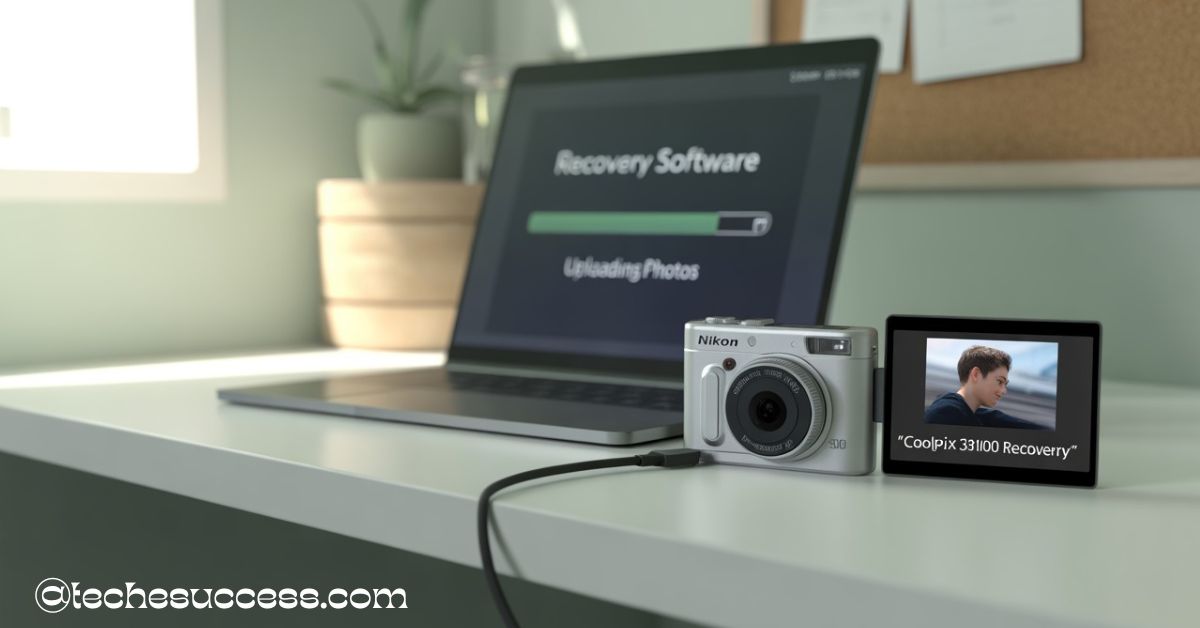
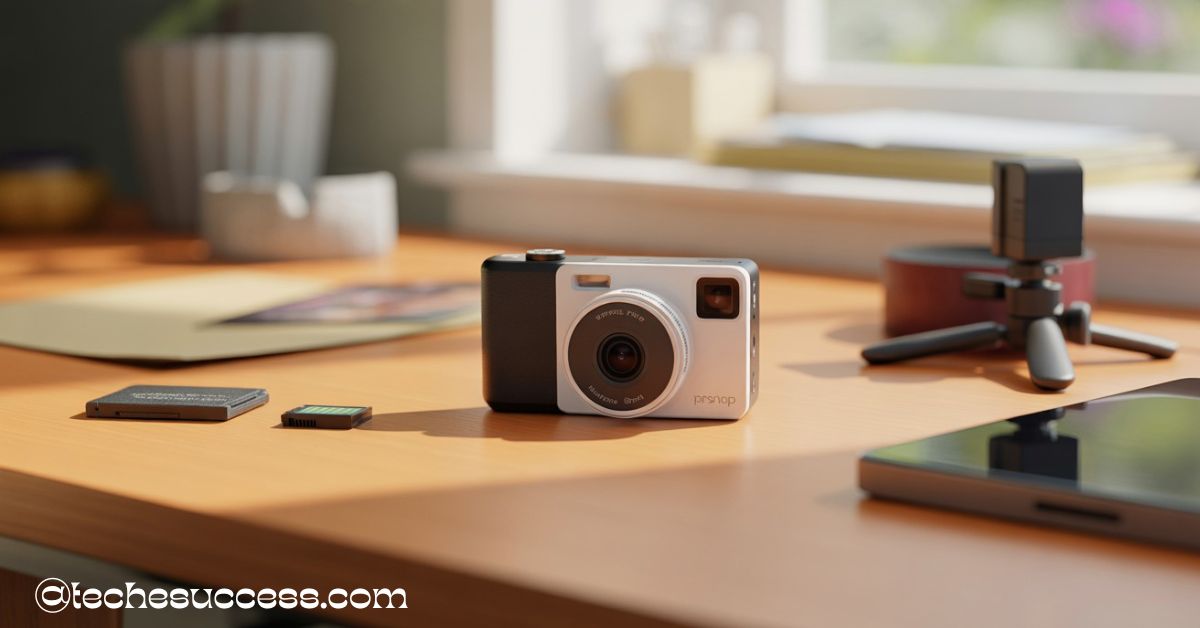
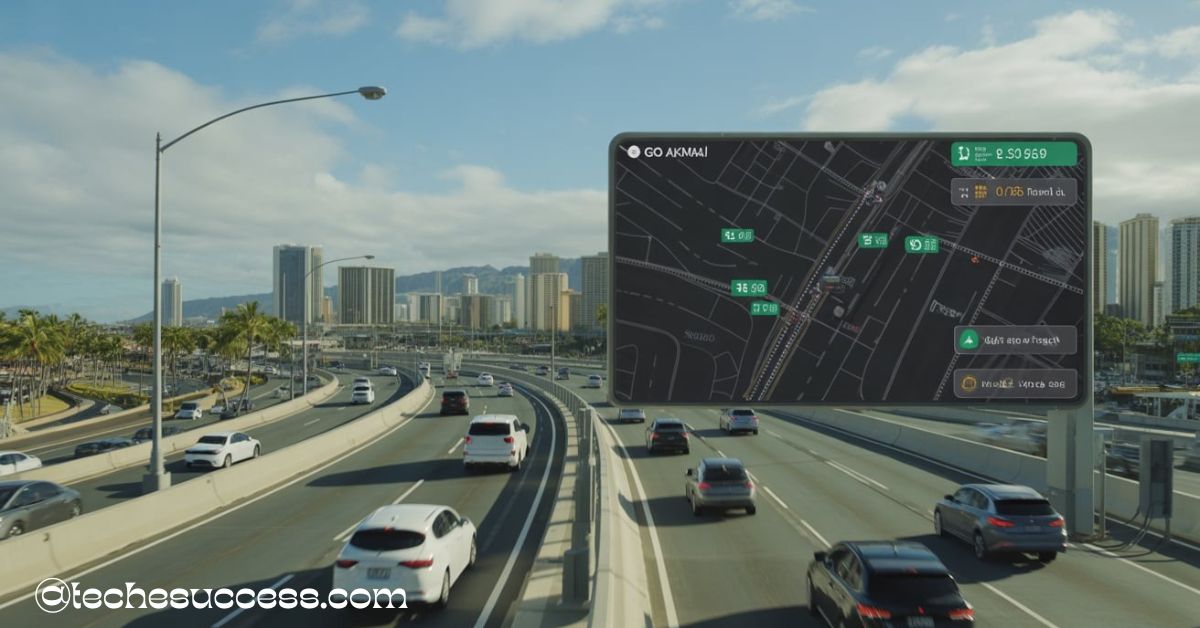
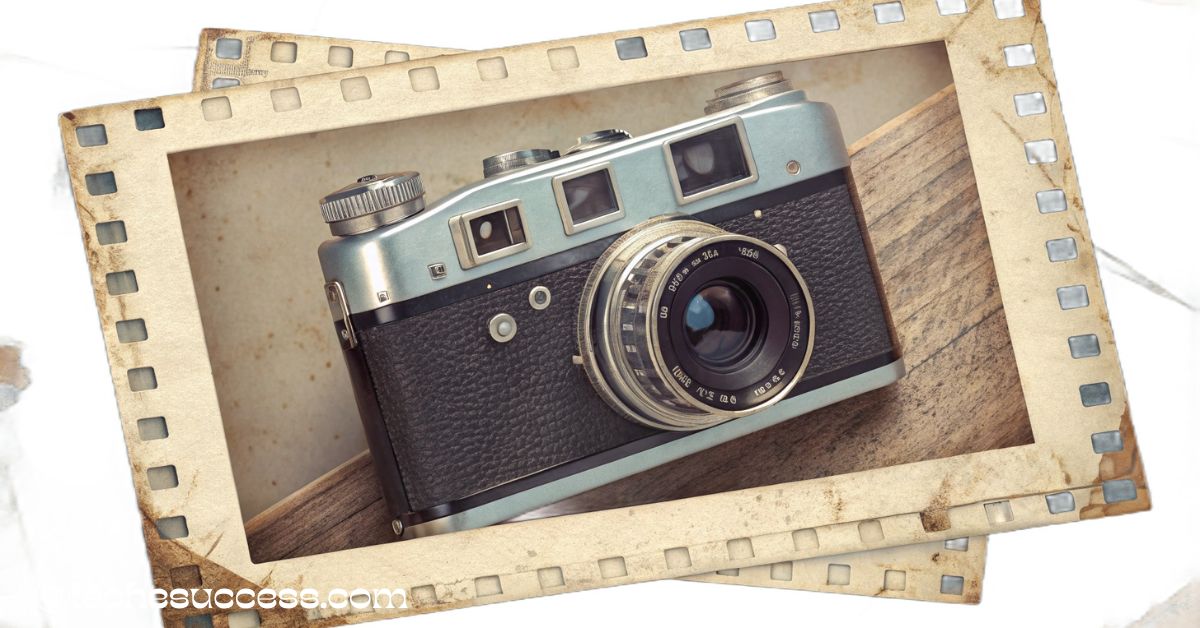
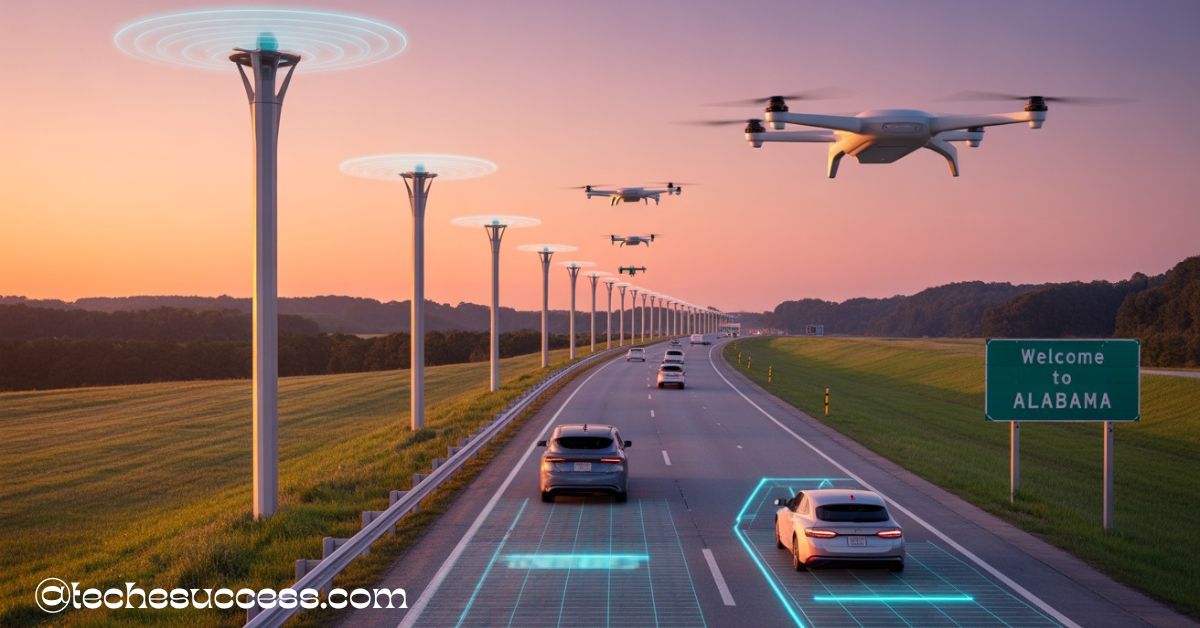
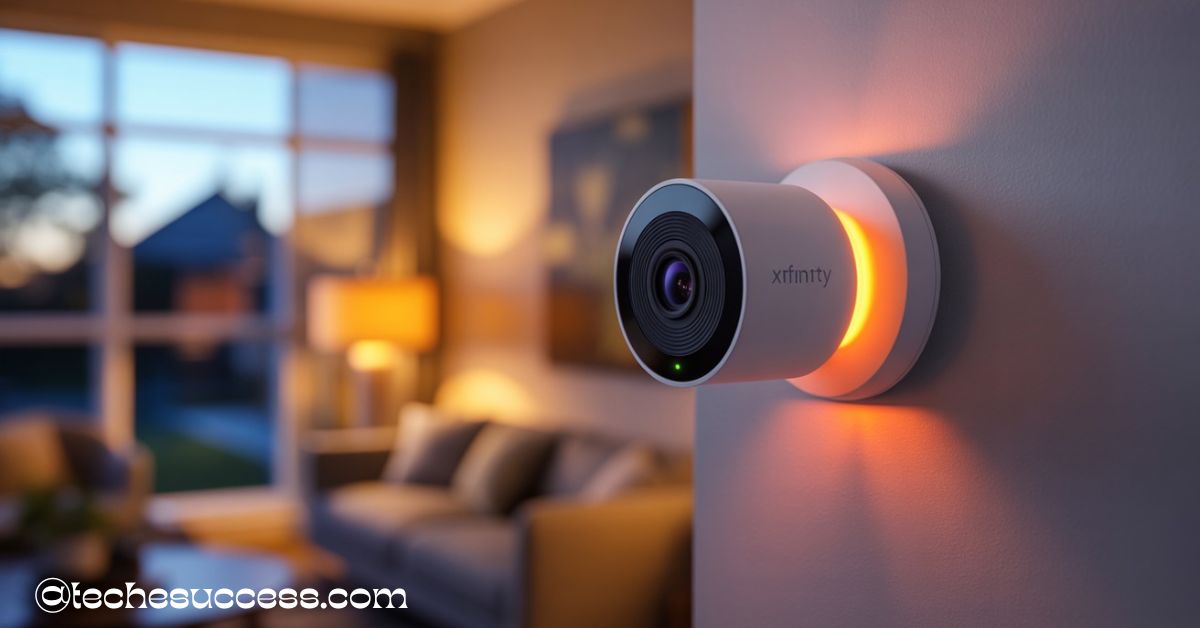
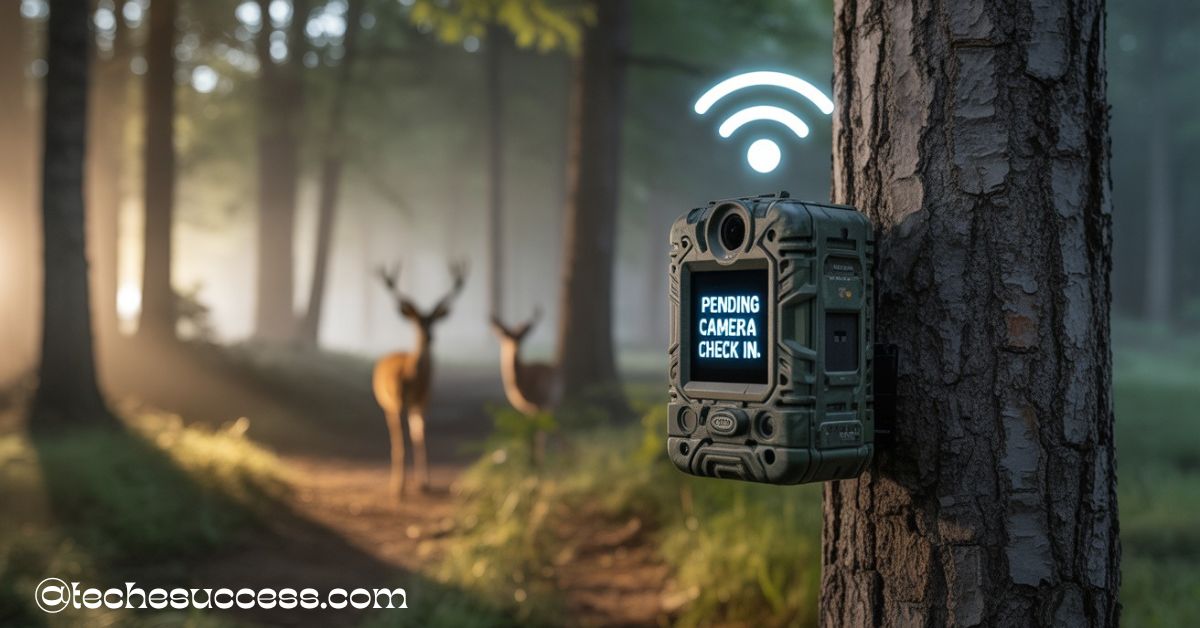
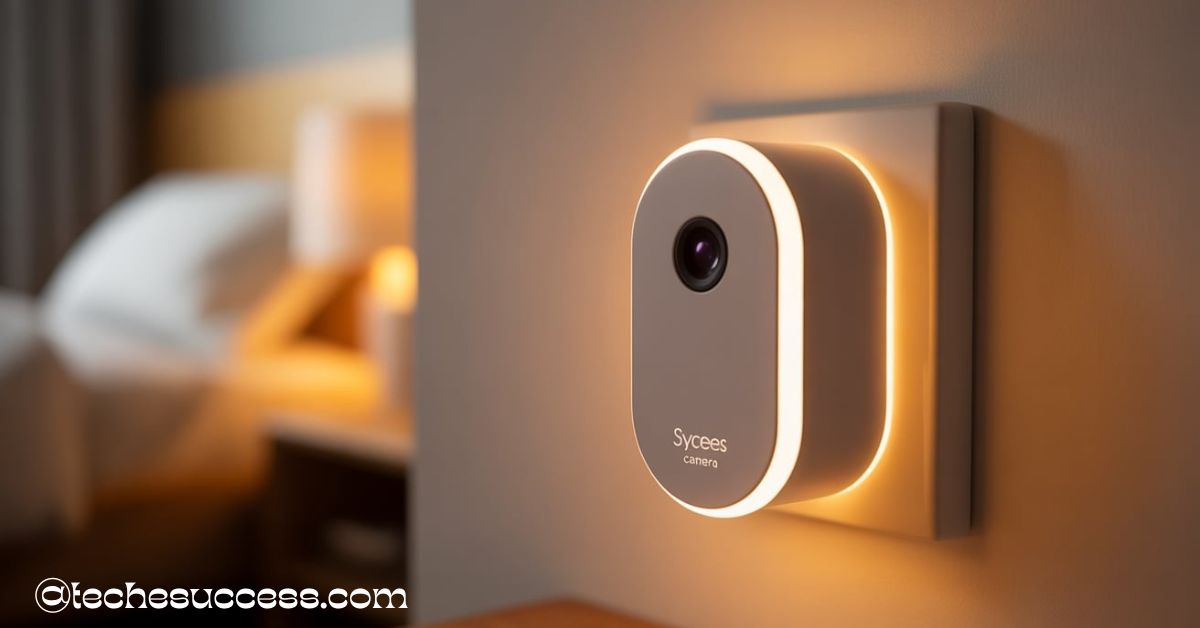

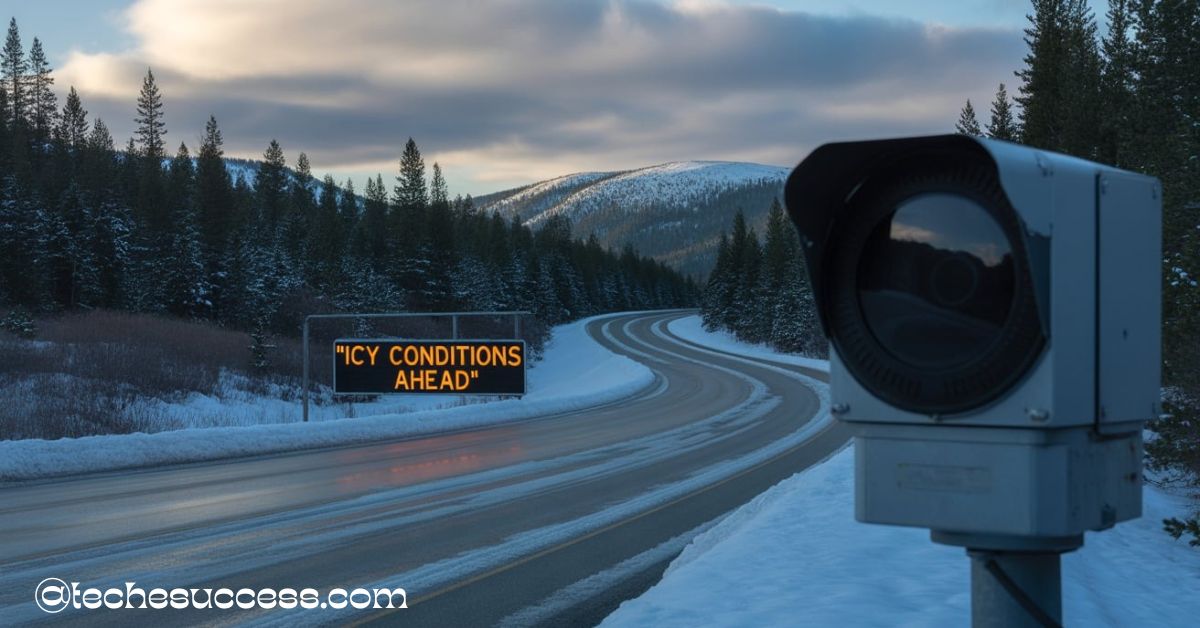
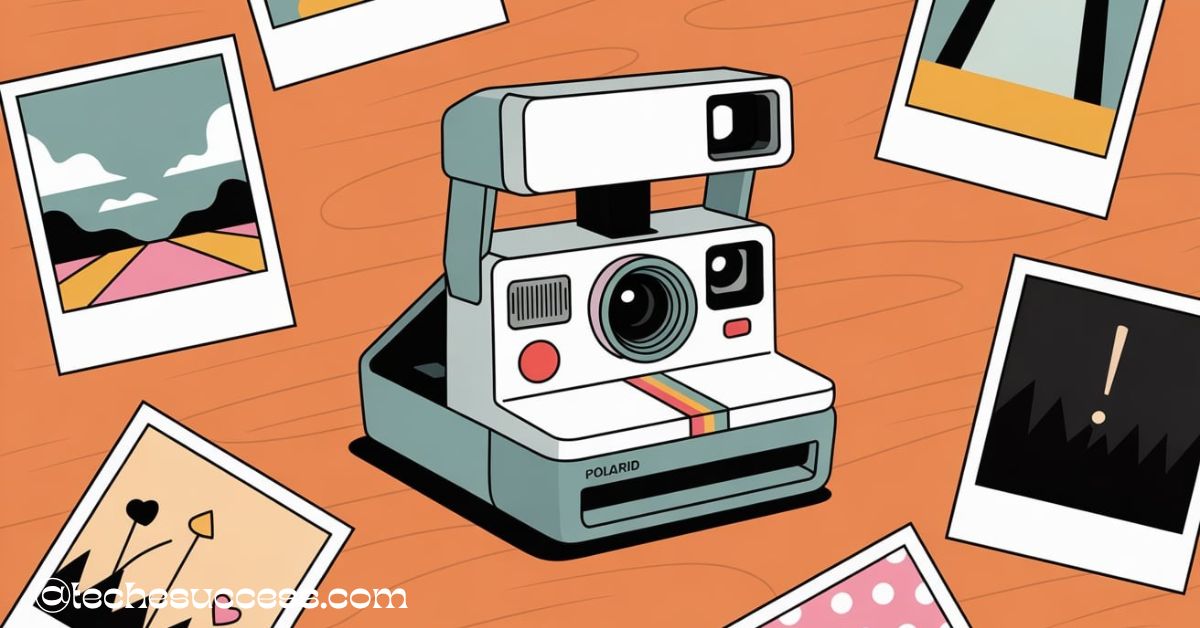


Leave a Reply